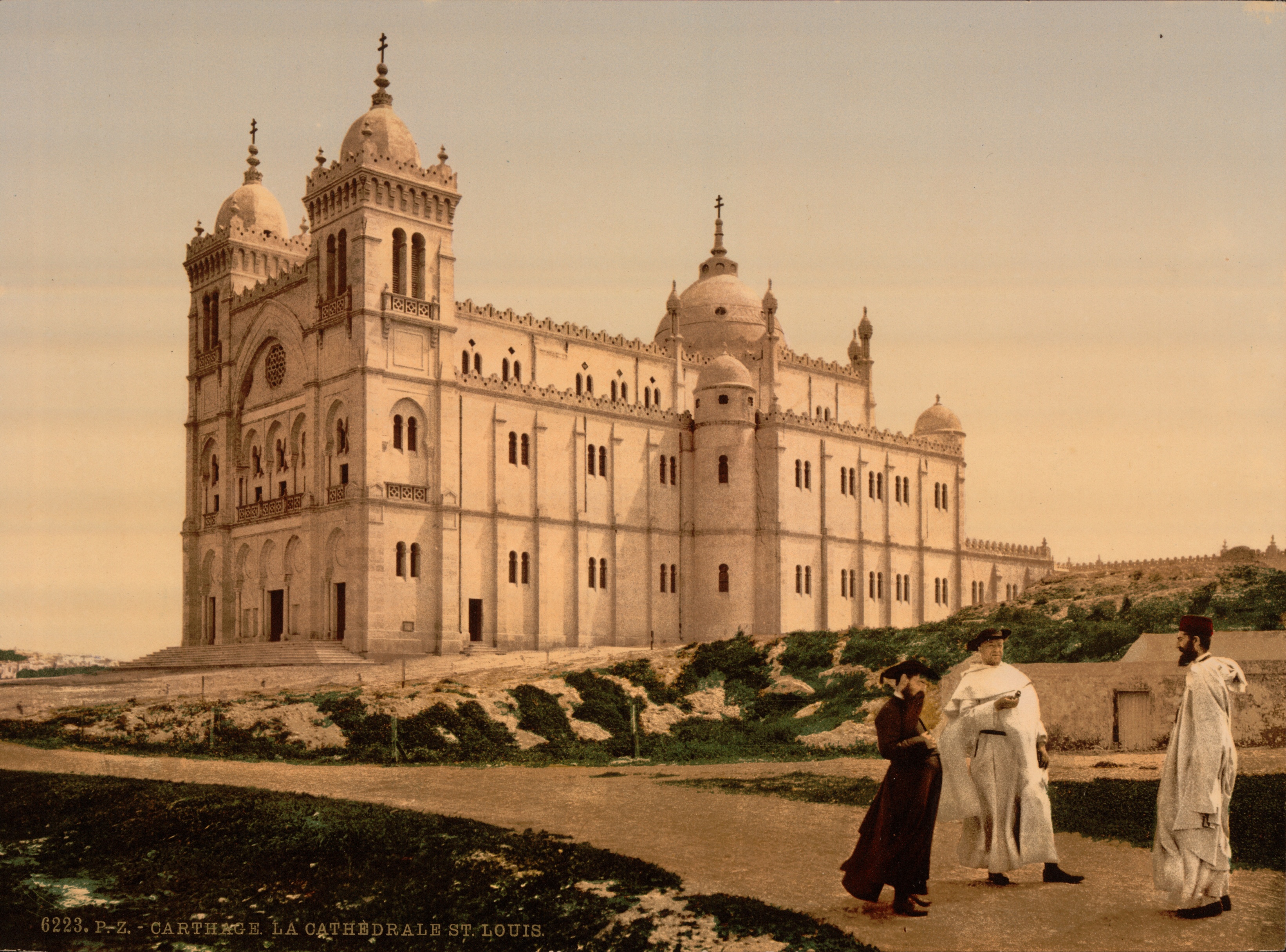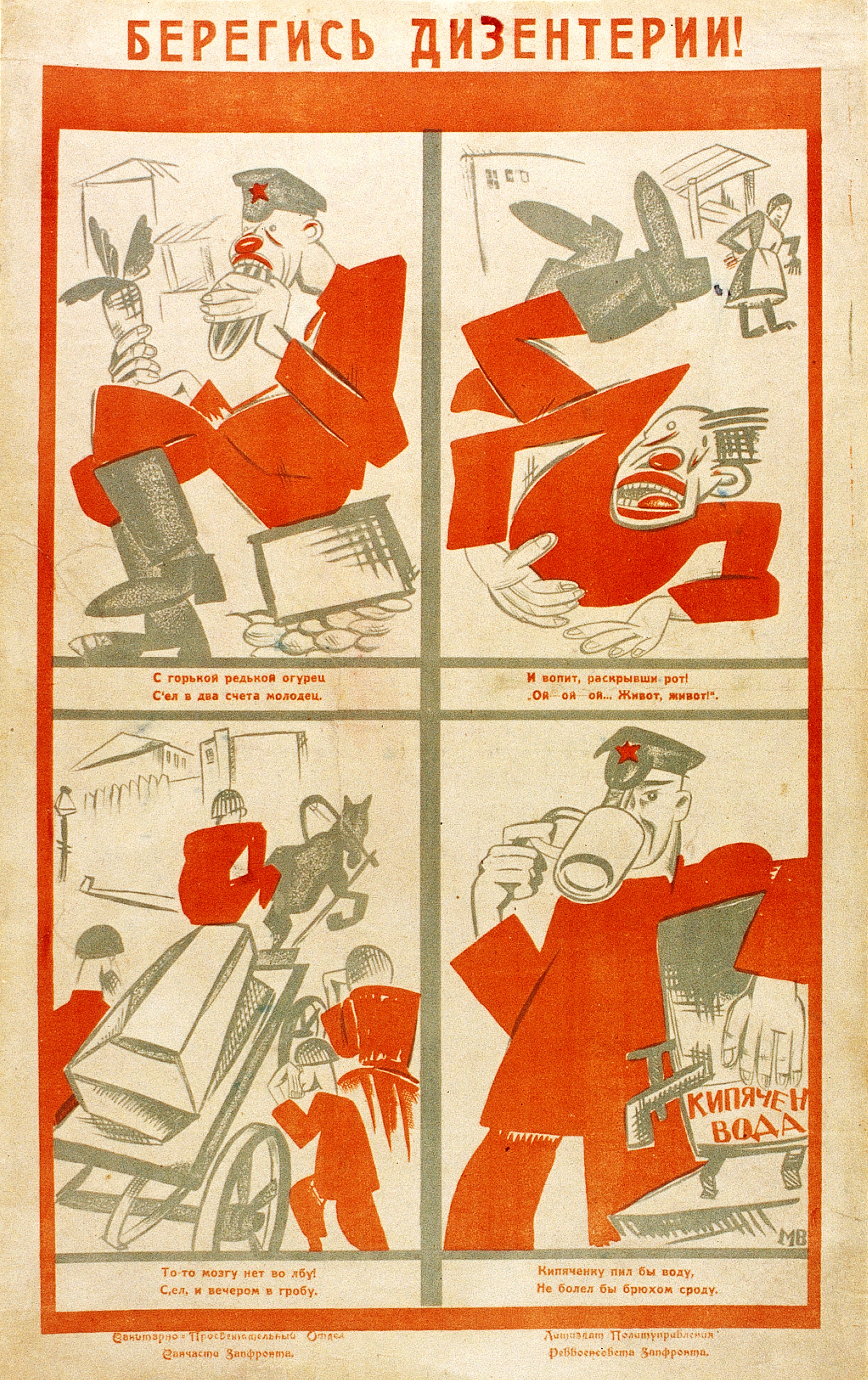|
Acropolium Of Carthage
The Acropolium, also known as Saint Louis Cathedral (), is a former Roman Catholic church located in Carthage, Tunisia. The cathedral sits on the peak of Byrsa Hill, near the ruins of the ancient Punic and then Roman city. It was built atop the ruins of an old temple dedicated to Eshmun, the Punic god of healing. The edifice can still be accessed from the basement. Since 1993, the cathedral has been known as the "Acropolium". It is no longer used for worship, but instead hosts public events or concerts of Tunisian music and classical music. Currently, the only Roman Catholic cathedral operating in Tunisia is the Cathedral of St. Vincent de Paul in Tunis. History Hussein II Bey authorised the French consul-general to build a cathedral on the site of ancient Carthage, to determine where it would be situated, and to take all the land necessary for the project. His words were: The consul charged his son Jules with this duty, who concluded that the chapel ought to be built ... [...More Info...] [...Related Items...] OR: [Wikipedia] [Google] [Baidu] |
Carthage
Carthage was an ancient city in Northern Africa, on the eastern side of the Lake of Tunis in what is now Tunisia. Carthage was one of the most important trading hubs of the Ancient Mediterranean and one of the most affluent cities of the classical world. It became the capital city of the civilization of Ancient Carthage and later Roman Carthage. The city developed from a Phoenician colony into the capital of a Punic people, Punic empire which dominated large parts of the Southwest Mediterranean during the first millennium BC. The legendary Queen Elissa, Alyssa or Dido, originally from Tyre, Lebanon, Tyre, is regarded as the founder of the city, though her historicity has been questioned. In the myth, Dido asked for land from a local tribe, which told her that she could get as much land as an oxhide could cover. She cut the oxhide into strips and laid out the perimeter of the new city. As Carthage prospered at home, the polity sent colonists abroad as well as magistrates to rule t ... [...More Info...] [...Related Items...] OR: [Wikipedia] [Google] [Baidu] |
Al-Husayn II Ibn Mahmud
Al-Husayn II ibn Mahmud (; 5 March 1784 – 20 May 1835) was the Bey of Tunis from 1824 until his death in 1835. He was of a Greek Muslims#Cretan Muslims, Greek descent royal family. See also *Hussein Khodja References 1835 deaths Beys of Tunis, 1784 births Tunisian people of Greek descent Tunisian people of Turkish descent Tunisian royalty Flag designers {{Tunisia-politician-stub ... [...More Info...] [...Related Items...] OR: [Wikipedia] [Google] [Baidu] |
Algiers
Algiers is the capital city of Algeria as well as the capital of the Algiers Province; it extends over many Communes of Algeria, communes without having its own separate governing body. With 2,988,145 residents in 2008Census 14 April 2008: Office National des Statistiques de l'Algérie (web). and an estimated 3,004,130 residents in 2025 in an area of , Algiers is the largest city in List of cities in Algeria, Algeria, List of coastal settlements of the Mediterranean Sea, the third largest city on the Mediterranean, List of largest cities in the Arab world, sixth in the Arab World, and List of cities in Africa by population, 11th in Africa. Located in the north-central portion of the country, it extends along the Bay of Algiers surrounded by the Mitidja Plain and major mountain ranges. Its favorable location made it the center of Regency of Algiers, Ottoman and French Algeria, French cultural, political, and architectural influences for the region, shaping it to be the diverse met ... [...More Info...] [...Related Items...] OR: [Wikipedia] [Google] [Baidu] |
Charles Lavigerie
Charles Martial Allemand Lavigerie, M. Afr. (31 October 1825 – 26 November 1892) was a French Catholic prelate and missionary who served as Archbishop of Carthage and Primate of Africa from 1884 to 1892. He previously served as Archbishop of Algiers and Bishop of Nancy. He also founded the Missionaries of Africa (White Fathers). He was created a cardinal in 1882. After becoming a bishop in France, Lavigerie established French Catholic missions and missionary orders to work across Africa. Lavigerie promoted Catholicism among the peoples of North Africa, as well as the Black natives further south. He was equally ardent to transform them into French subjects. He crusaded against the slave trade, and he founded the White Fathers, so named for their white cassocks and red fezzes. He also established similar orders of brothers and nuns. He sent his missionaries to the Sahara, Sudan, Tunisia, and Tripolitania. His efforts were supported by the pope and the German Chancellor O ... [...More Info...] [...Related Items...] OR: [Wikipedia] [Google] [Baidu] |
Africa
Africa is the world's second-largest and second-most populous continent after Asia. At about 30.3 million km2 (11.7 million square miles) including adjacent islands, it covers 20% of Earth's land area and 6% of its total surface area.Sayre, April Pulley (1999), ''Africa'', Twenty-First Century Books. . With nearly billion people as of , it accounts for about of the world's human population. Demographics of Africa, Africa's population is the youngest among all the continents; the median age in 2012 was 19.7, when the worldwide median age was 30.4. Based on 2024 projections, Africa's population will exceed 3.8 billion people by 2100. Africa is the least wealthy inhabited continent per capita and second-least wealthy by total wealth, ahead of Oceania. Scholars have attributed this to different factors including Geography of Africa, geography, Climate of Africa, climate, corruption, Scramble for Africa, colonialism, the Cold War, and neocolonialism. Despite this lo ... [...More Info...] [...Related Items...] OR: [Wikipedia] [Google] [Baidu] |
Primate (bishop)
Primate () is a title or rank bestowed on some important archbishops in certain Christian churches. Depending on the particular tradition, it can denote either jurisdictional authority ( title of authority) or (usually) ceremonial precedence ( title of honour). Catholic Church In the Latin Church, a primate is an archbishop—or, rarely, a suffragan or exempt bishop—of a specific (mostly metropolitan) episcopal see (called a ''primatial see'') who has precedence over the bishoprics of one or more ecclesiastical provinces of a particular historical, political or cultural area. Historically, primates of particular sees were granted privileges including the authority to call and preside at national synods, jurisdiction to hear appeals from metropolitan tribunals, the right to crown the sovereign of the nation, and presiding at the investiture (installation) of archbishops in their sees. The office is generally found only in older Catholic countries, and is now purel ... [...More Info...] [...Related Items...] OR: [Wikipedia] [Google] [Baidu] |
French Protectorate Of Tunisia
The French protectorate of Tunisia (; '), officially the Regency of Tunis () and commonly referred to as simply French Tunisia, was established in 1881, during the French colonial empire era, and lasted until Tunisian independence in 1956. The protectorate was established by the Bardo Treaty of 12 May 1881 after a military conquest, despite Italian disapproval. It was part of French North Africa with French Algeria and the Protectorate of Morocco, and more broadly of the French Empire. Tunisian sovereignty was more reduced in 1883, the Bey was only signing the decrees and laws prepared by the Resident General of France in Tunisia. The Tunisian government at the local level remained in place, and was only coordinating between Tunisians and the administrations set up on the model of what existed in France. The Tunisian government's budget was quickly cleaned up, which made it possible to launch multiple infrastructure construction programs (roads, railways, ports, lightho ... [...More Info...] [...Related Items...] OR: [Wikipedia] [Google] [Baidu] |
Asclepius
Asclepius (; ''Asklēpiós'' ; ) is a hero and god of medicine in ancient Religion in ancient Greece, Greek religion and Greek mythology, mythology. He is the son of Apollo and Coronis (lover of Apollo), Coronis, or Arsinoe (Greek myth), Arsinoe, or of Apollo alone. Asclepius represents the healing aspect of the medical arts; his daughters, the "Asclepiades", are: Hygieia ("Health, Healthiness"), Iaso (from ἴασις "healing, recovering, recuperation", the goddess of recuperation from illness), Aceso (from ἄκεσις "healing", the goddess of the healing process), Aegle (mythology), Aegle (the goddess of good health) and Panacea (the goddess of universal remedy). He has several sons as well. He was associated with the Roman/Etruscan god Vediovis and the Egyptian Imhotep. The rod of Asclepius, a snake-entwined staff similar to the caduceus, remains a symbol of medicine today. Those physicians and attendants who served this god were known as the Therapeutae of Asclepius. ... [...More Info...] [...Related Items...] OR: [Wikipedia] [Google] [Baidu] |
Dysentery
Dysentery ( , ), historically known as the bloody flux, is a type of gastroenteritis that results in bloody diarrhea. Other symptoms may include fever, abdominal pain, and a feeling of incomplete defecation. Complications may include dehydration. The cause of dysentery is usually the bacteria from genus '' Shigella'', in which case it is known as shigellosis, or the amoeba '' Entamoeba histolytica''; then it is called amoebiasis. Other causes may include certain chemicals, other bacteria, other protozoa, or parasitic worms. It may spread between people. Risk factors include contamination of food and water with feces due to poor sanitation. The underlying mechanism involves inflammation of the intestine, especially of the colon. Efforts to prevent dysentery include hand washing and food safety measures while traveling in countries of high risk. While the condition generally resolves on its own within a week, drinking sufficient fluids such as oral rehydration solutio ... [...More Info...] [...Related Items...] OR: [Wikipedia] [Google] [Baidu] |
Egypt
Egypt ( , ), officially the Arab Republic of Egypt, is a country spanning the Northeast Africa, northeast corner of Africa and Western Asia, southwest corner of Asia via the Sinai Peninsula. It is bordered by the Mediterranean Sea to northern coast of Egypt, the north, the Gaza Strip of Palestine and Israel to Egypt–Israel barrier, the northeast, the Red Sea to the east, Sudan to Egypt–Sudan border, the south, and Libya to Egypt–Libya border, the west; the Gulf of Aqaba in the northeast separates Egypt from Jordan and Saudi Arabia. Cairo is the capital, list of cities and towns in Egypt, largest city, and leading cultural center, while Alexandria is the second-largest city and an important hub of industry and tourism. With over 109 million inhabitants, Egypt is the List of African countries by population, third-most populous country in Africa and List of countries and dependencies by population, 15th-most populated in the world. Egypt has one of the longest histories o ... [...More Info...] [...Related Items...] OR: [Wikipedia] [Google] [Baidu] |
Christianity
Christianity is an Abrahamic monotheistic religion, which states that Jesus in Christianity, Jesus is the Son of God (Christianity), Son of God and Resurrection of Jesus, rose from the dead after his Crucifixion of Jesus, crucifixion, whose coming as the Messiah#Christianity, messiah (Christ (title), Christ) was Old Testament messianic prophecies quoted in the New Testament, prophesied in the Old Testament and chronicled in the New Testament. It is the Major religious groups, world's largest and most widespread religion with over 2.3 billion followers, comprising around 28.8% of the world population. Its adherents, known as Christians, are estimated to make up a majority of the population in Christianity by country, 157 countries and territories. Christianity remains Christian culture, culturally diverse in its Western Christianity, Western and Eastern Christianity, Eastern branches, and doctrinally diverse concerning Justification (theology), justification and the natur ... [...More Info...] [...Related Items...] OR: [Wikipedia] [Google] [Baidu] |





